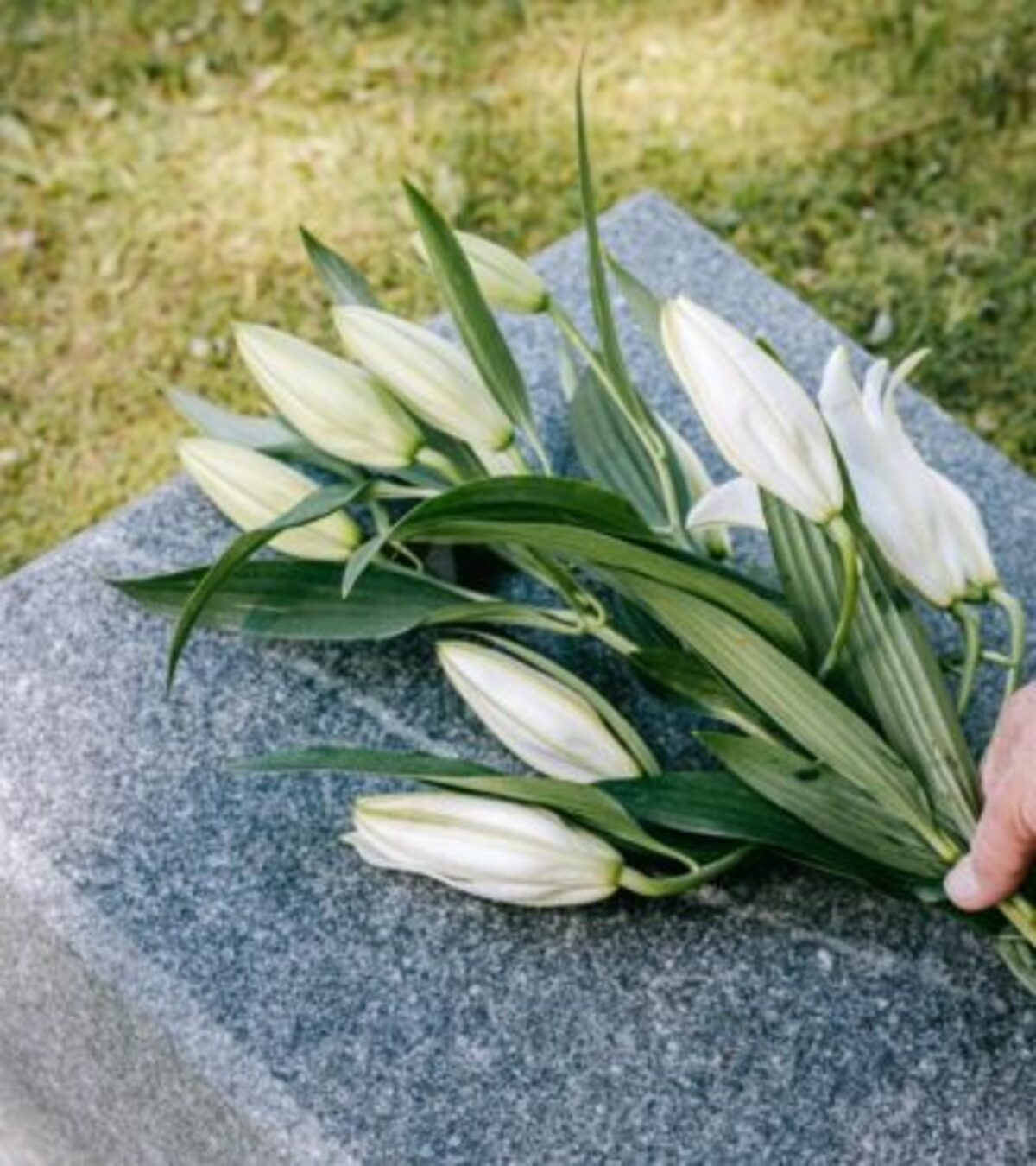Lily of the Valley Meaning and Symbolism: Complete Guide
Unlock the rich history, cultural significance, and care tips for lily of the valley

The Enchanting Lily of the Valley: Meaning and Symbolism
The lily of the valley, a delicate and fragrant perennial, has enchanted gardeners and royalty alike for centuries. Known for its rich symbolism and royal associations, this modest flower is steeped in history, mythology, and tradition. This article explores its meaning, symbolism, botanical traits, and even offers practical advice for those wishing to grow this iconic plant.
What Do Lilies of the Valley Represent?
Lily of the valley has carried multiple meanings throughout history:
- Victorian Era: It became a symbol of a return to happiness, often given as a token of joy or consolation.
- Ancient Times: Associated with humility, purity, and the goddess Ostara (who gave her name to Easter), as well as Apollo, the Greek sun god, who grew these blooms for his nymphs.
- Contemporary Symbolism: Today, it represents motherhood, happiness, and the advent of spring—especially the month of May.
Its delicate appearance and sweet scent have cemented its status as a flower of renewal, hope, and purity in many cultures.
Lily of the Valley: The Official Flower of May
Known as the May lily or May bells, the lily of the valley is the official flower of May. Its blooming period coincides with the heart of spring, making it a seasonal favorite for celebrations and bridal bouquets. Giving or receiving lily of the valley on May 1st is a French tradition believed to bring good luck and prosperity for the year.
Botanical Profile
| Scientific Name | Convallaria majalis |
|---|---|
| Common Names | May lily, May bells, Mary’s tears, Our Lady’s tears |
| Native Region | Europe, northern Asia |
| Plant Type | Perennial, cool-weather woodland plant |
| Height | 6–12 inches |
| Blooming Period | Late spring, 3–4 weeks |
| Toxicity | Extremely poisonous if ingested |
| Related Species | Asparagaceae family (related to asparagus) |
Symbolism Across Cultures
Royal and European Traditions
Lily of the valley is deeply connected to European royalty, particularly in France and Britain. It was beloved by Queen Victoria and featured prominently in royal gardens and bridal bouquets. Its association with purity and luck made it a staple for royal celebrations and official events.
Christian Symbolism
In Christian lore, the lily of the valley is known as “Our Lady’s tears,” referencing the Virgin Mary’s tears at the crucifixion of Jesus. It symbolizes purity, humility, and redemption, and is frequently depicted in religious art. The biblical Song of Solomon 2:1 refers to the flower as a metaphor for Christ’s grace and renewal.
Folklore and Mythology
Beyond its Christian associations, lily of the valley appears in mythologies as a symbol of protection, delicacy, and kindness. Apollo is said to have created it for his nymphs, while European folklore links it to fairies and elves, who were believed to frolic among the blossoms. Springtime folklore claims that whoever finds the first bloom will enjoy fortune and happiness all year.
Growing and Caring for Lily of the Valley
Growing lily of the valley requires attention to its preferences:
- Climate and Location: Prefers cool, shaded woodland environments and is native to Europe and northern Asia.
- Soil: Thrives in rich, moist, well-drained soil.
- Light: Prefers partial to full shade; direct sunlight can scorch the leaves.
- Watering: Keep soil consistently moist but not waterlogged.
- Planting Tips: Best planted in early spring or fall. Space plants about 6 inches apart.
- Maintenance: Once established, it requires minimal care but can spread aggressively and become invasive, especially in North America.
Caution: Toxicity and Safety
Despite its beauty, lily of the valley is highly toxic. All parts of the plant contain cardiac glycosides, which can cause severe symptoms—including pain, vomiting, and skin rashes—if ingested. Pets and children should be kept away from the plant, and care should be taken when handling it.
Lily of the Valley in Art and Culture
Lily of the valley has inspired artists and designers with its delicate form and evocative symbolism. It appears in religious paintings, bridal bouquets, and even perfumes, where its scent is recreated synthetically due to the toxicity of the plant’s natural oils.
Frequently Asked Questions (FAQs)
Q: What does lily of the valley symbolize?
A: Lily of the valley symbolizes love, motherhood, purity, humility, and a return to happiness. It is also associated with the arrival of spring and good fortune.
Q: Is lily of the valley toxic?
A: Yes, all parts of the plant are toxic if ingested and can cause symptoms such as pain, vomiting, and skin rashes.
Q: When does lily of the valley bloom?
A: It blooms in late spring, typically for 3–4 weeks, and is known as the official flower of May.
Q: Can I grow lily of the valley in my garden?
A: Yes, if you live in a cool, shaded area with well-drained, moist soil. However, be aware that it can become invasive.
Q: What is the connection between lily of the valley and royalty?
A: Lily of the valley has long been associated with European royalty, especially in France and Britain, and was beloved by Queen Victoria.
Summary
The lily of the valley is a flower of profound symbolism, with deep roots in history, mythology, and tradition. Its delicate beauty and rich associations with purity, luck, and love make it a favorite in gardens and celebrations. While it requires careful handling due to its toxicity, its charm and significance continue to captivate gardeners and flower enthusiasts around the world.
References
- https://www.countryliving.com/gardening/a41229643/lily-of-the-valley-meaning-symbolism/
- https://www.lovingly.com/flower-meanings/lily-of-the-valley
- https://www.housebeautiful.com/uk/garden/plants/a41245028/lily-of-the-valley/
- https://thursd.com/articles/lily-of-the-valley-cultural-significance
- https://smellslikespells.com/head_notes/lily-of-the-valley/
Read full bio of medha deb











